References
Anderson, L. S., & Heyne, L. A. (2012). Flourishing through leisure: An ecological extension of the leisure and well-being model in therapeutic recreation strengths-based practice. Therapeutic Recreation Journal, 46(2), 129.
Burgon, H. L. (2013). Horses, mindfulness, and the natural environment: Observations from a qualitative study with at-risk young people participating in therapeutic horsemanship. International Journal of Psychosocial Rehabilitation, 17(2), 51-67.
Cho, S., Crenshaw, K. W., & McCall, L. (2013). Toward a Field of Intersectionality Studies: Theory, Applications, and Praxis. Signs, 38(4), 785–810. https://doi.org/10.1086/669608
Germain, C. B., & Bloom, M. (1999). Human behavior in the social environment: An ecological view. Columbia University Press.
Kotera, Y., Richardson, M., & Sheffield, D. (2020). Effects of shinrin-yoku (forest bathing) and nature therapy on mental health: A systematic review and meta-analysis. International journal of mental health and addiction, 1-25.
Lee, P. T., & Makela, C. (2018). Mental health practitioners’ strategies in equine-assisted psychotherapy: implications for social work. Social work education, 37(1), 119-135.
Lönker, N. S., Fechner, K., & Abd El Wahed, A. (2020). Horses as a crucial part of one health. Veterinary Sciences, 7(1), 28.
Marchetti, G. M. (2016). Healing the Soul Through Nature: Equine Facilitated Psychotherapy—Not Just Horsing Around. Pacifica Graduate Institute.
Moshe-Grodofsky, M., & Allassad Alhuzail, N. (2022). The Significance of Space: Experiences of Arab Social Work Professionals with EAGALA Equine-Assisted Learning. The British
Journal of Social Work, 52(3), 1492-1510.
Pearson, M., Gaines, K., Pati, D., Colwell, M., Motheral, L., & Adams, N. G. (2019). The physiological impact of window murals on pediatric patients. HERD: Health Environments Research & Design Journal, 12(2), 116-129.
Placci, M., Marliani, G., Sabioni, S., Gabai, G., Mondo, E., Borghetti, P., ... & Accorsi, P. A. (2020). Natural horse boarding vs traditional stable: A comparison of hormonal, hematological and immunological parameters. Journal of Applied Animal Welfare Science, 23(3), 366-377.
Raanaas, R. K., Patil, G. G., & Hartig, T. (2012). Health benefits of a view of nature through the window: a quasi-experimental study of patients in a residential rehabilitation center. Clinical rehabilitation, 26(1), 21–32. https://doi.org/10.1177/0269215511412800
Reese, R. F., Lewis, T. F., Myers, J. E., Wahesh, E., & Iversen, R. (2014). Relationship between nature relatedness and holistic wellness: An exploratory study. The Journal of Humanistic Counseling, 53(1), 63-79.
Richmond, M. E. (1922). What is social case work?. Russell Sage Foundation.
Saleebey, D. (1996). The strengths perspective in social work practice: Extensions and cautions. Social work, 41(3), 296-305.
Schwarzmüller-Erber, G., Stummer, H., Maier, M., & Kundi, M. (2020). Nature relatedness of recreational horseback riders and its association with mood and wellbeing. International journal of environmental research and public health, 17(11), 4136.
Sepie, A. J. (2017). More than stories, more than myths: Animal/human/nature (s) in traditional ecological worldviews. Humanities, 6(4), 78.
Spett, D. (2023). Towards Ethical and Competent Equine-Assisted Social Work: A Qualitative Study. Smith College Studies in Social Work, 1-21.
Ulrich, R. S. (1993). Biophilia, biophobia, and natural landscapes. The biophilia hypothesis, 7, 73-137.
Von Bertalanffy, L. (1972). The history and status of general systems theory. Academy of management journal, 15(4), 407-426.
Wilson, E. O. (1986). Biophilia. Harvard university press.
